🎎 Plan your trip to Japan
- How to Organize a Trip to Japan
- ESIM data card to have internet on your trip
- Travel Insurance
- Find cheap flights
- Get the Klook Pass Tokyo
- Get your JR Pass here
- Greetings in Japanese
- Buy your ticket for Universal Studios Japan
- How to get to Osaka from Kansai Airport
- How does transportation work in Tokyo?
- How to get from Narita Airport to central Tokyo
- Travel to Osaka
- Travel to Kyoto
- Travel to Fukuoka
WHAT IS THE JR PASS | DEFINITIVE GUIDE
Welcome to the ultimate guide to the JR PASS! If you are planning a trip to Japan, you have surely heard about the JR PassThis pass is one of the most popular options for getting around the country, as it allows unlimited travel on Japan Rail trains, including the famous Shinkansen (bullet trains).
But, is it really worth it? In this guide I explain everything you need to know: what it is, how it works, how much it costs, what routes it covers and, above all, how to calculate if it is worth buying it according to your itinerary.Get ready to clear up all your doubts and make the most of your Japanese adventure!
What is the Japan Rail Pass and How Does it Work?
The JR Pass was introduced in 1982 as a way to promote tourism in Japan. Since its creation, it has evolved in terms of accessibility and additional benefits, becoming a super useful tool for foreign travelers.
So, the JR Pass is a personal, non-transferable pass that can only be purchased by foreigners who are not residents of Japan. Each traveler needs their own pass, which must be purchased before traveling to the country. Some important things to keep in mind:
- Coverage: Includes almost all JR trains, in addition to specific ferry routes (like the ferry to Miyajima) and buses.
- Duration: There are passes of 7, 14 and 21 consecutive days.
- 7-day JR Pass This pass allows unlimited travel for seven consecutive days. It is ideal for short trips that include journeys between several major cities such as Tokyo, Kyoto and Osaka.
- 14-day JR Pass The 14-day pass is suitable for longer itineraries. It provides the flexibility to explore different regions of Japan, including more distant destinations such as Hokkaido or Kyushu.
- 21-day JR Pass For those planning extended trips, the 21-day JR Pass offers maximum coverage. This pass is convenient for those who want to explore various areas of the country without worrying about constantly purchasing individual tickets.
- Expiration: It is valid for 90 days from purchase. If you purchase it well in advance, make sure you do not exceed this date.

Buy the JR Pass
We leave you several trusted pages where you can buy the Japan Rail Pass, from anywhere in the world, and with different prices:
- Buy on Klook: This is where we currently buy the JR Pass on our trips to Japan, it usually has one of the lowest prices. Prices vary, but it is still one of the cheapest options.
- Buy at JR Pass.com: Another reliable site where we bought the pass on our first trip to Japan, with good prices.
When you purchase it, you will have to add your name as it appears on your passport, the date of your trip and the country of delivery (there are different shipping options depending on the country). Once you request it, within 4 to 7 days, you will receive the passport at your home. exchange order. This exchange order expires after 90 days. That means you have to redeem it in Japan for the actual pass within this 90-day period.
How to activate the JR Pass
The exchange order they send you It is not valid for train travel in Japan. When you arrive, simply pass through a JR office and exchange it for your definitive JR Pass. That's right! Don't forget that you have 90 days from the date of purchase to redeem it. And ready to explore Japan by train!
You can redeem your JR Pass at the airports (Narita, Haneda, Kansai International, Fukuoka…) or if you prefer, you also have the option of doing it at the main JR train stations. You choose what suits you best! ✈️🚆
Differences between JR Pass and other train tickets
The Japan Rail Pass is distinguished from other train tickets in several key ways:
- Coverage: Unlike individual tickets, which are often limited to specific routes, The JR Pass offers unlimited access to most trains operated by Japan Railways. during its duration.
- Flexibility: With the JR Pass, travelers can modify their itineraries at no additional cost in almost all cases, which is not possible with individually purchased tickets.
- Seat reservation: The JR Pass allows you to make seat reservations at no additional charge, while individual tickets may include booking fees, especially on high-demand routes.
Transportation included in the JR Pass
Shinkansen high-speed trains
Shinkansen are iconic for their speed and efficiency. The JR Pass includes most shinkansen trains, excluding the Nozomi and Mizuho models, which are the fastest.
JR regular trains
This type of train connects cities and less accessible places, providing good coverage for exploring both urban and rural areas.
JR commuter trains
Commuter trains are essential in large metropolitan areas such as Tokyo and Osaka. They make it easy to get around the city and its surroundings.
Trains to the airport
The JR Pass also covers trains connecting airports to major cities, such as the Narita Express in Tokyo and the JR Kansai Airport Line in Osaka.
Buses and ferries operated by JR
In addition to trains, the JR Pass allows the use of buses and ferries operated by JR, thus expanding transportation options to reach remote tourist destinations, like Miyajima Island (of course not including the 100 yen visitor fee),

Some urban metro lines
The pass includes certain subway services in cities such as Tokyo and Osaka, making it easier to get around congested urban areas.
Trains not operated by JR
He Japan Rail Pass includes access to a small number of trains not operated by JR, which are primarily used to connect travelers to isolated JR lines that would otherwise be difficult to reach. Below are the key non-JR train routes included and the JR lines they connect to:
- Aoimori Railway: Between Aomori, Noheji and Hachinohe, to connect with the JR Ominato Line, which leads to the Shimokita Peninsula.
- IR Ishikawa Railway: Between Kanazawa and Tsubata, to access the JR Nanao Line, which connects with the Noto Peninsula.
- Ainokaze Toyama Railway: Between Toyama and Takaoka, to connect with the lines JR Himi and JR Johana.
- Hapi Line Fukui: Between Fukui and Echizen Hanando, to access the JR Kuzuryu Line.
This extra flexibility can be very useful if your itinerary includes destinations off the main routes. Always check the specific routes and connection points to get the most out of your JR Pass.
Advantages of the Japan Rail Pass / JR Pass
The Japan Rail Pass presents multiple advantages that make it an attractive option for travelers who want to explore Japan in a comfortable and efficient way. Below are the main advantages offered by this transportation pass.
Unlimited use
One of the most notable features of the JR Pass is the unlimited use allowed on the Japan Railways train network. Esto resulta especialmente beneficioso para aquellos que planean realizar varios trayectos durante su stay en el país. Los viajeros pueden disfrutar de la libertad de explorar diferentes ciudades sin preocuparse por los costes de cada billete individual.
Comfort
Using the JR Pass is synonymous with convenience. By having a pass that allows unlimited travel, Travelers will not need to purchase tickets at each station. They simply need to present their JR Pass when boarding the trains, saving time and reducing the stress associated with purchasing tickets. In addition, the Possibility of moving between cities quickly, thanks to high-speed trains, significantly improves the travel experience.
How to reserve seats with the JR Pass
The JR Pass offers the option to reserve seats on Shinkansen trains at no additional cost, which is a considerable advantage, especially during rush hour or during peak seasons. This feature provides peace of mind knowing you have a guaranteed seat on popular routes.
How to make a seat reservation
Seat reservations can be made at any JR station that offers this service. Travelers simply need to present their JR Pass at the reservation counter, where staff will assist them in selecting the train and desired seat.
Advantages of early booking
Booking seats in advance can help you secure a spot on trains that can be very crowded, especially on popular routes. Making reservations as soon as you arrive in Japan will ensure that there are no unpleasant surprises during your journey. This is essential on holidays or during peak seasons, when demand increases considerably.
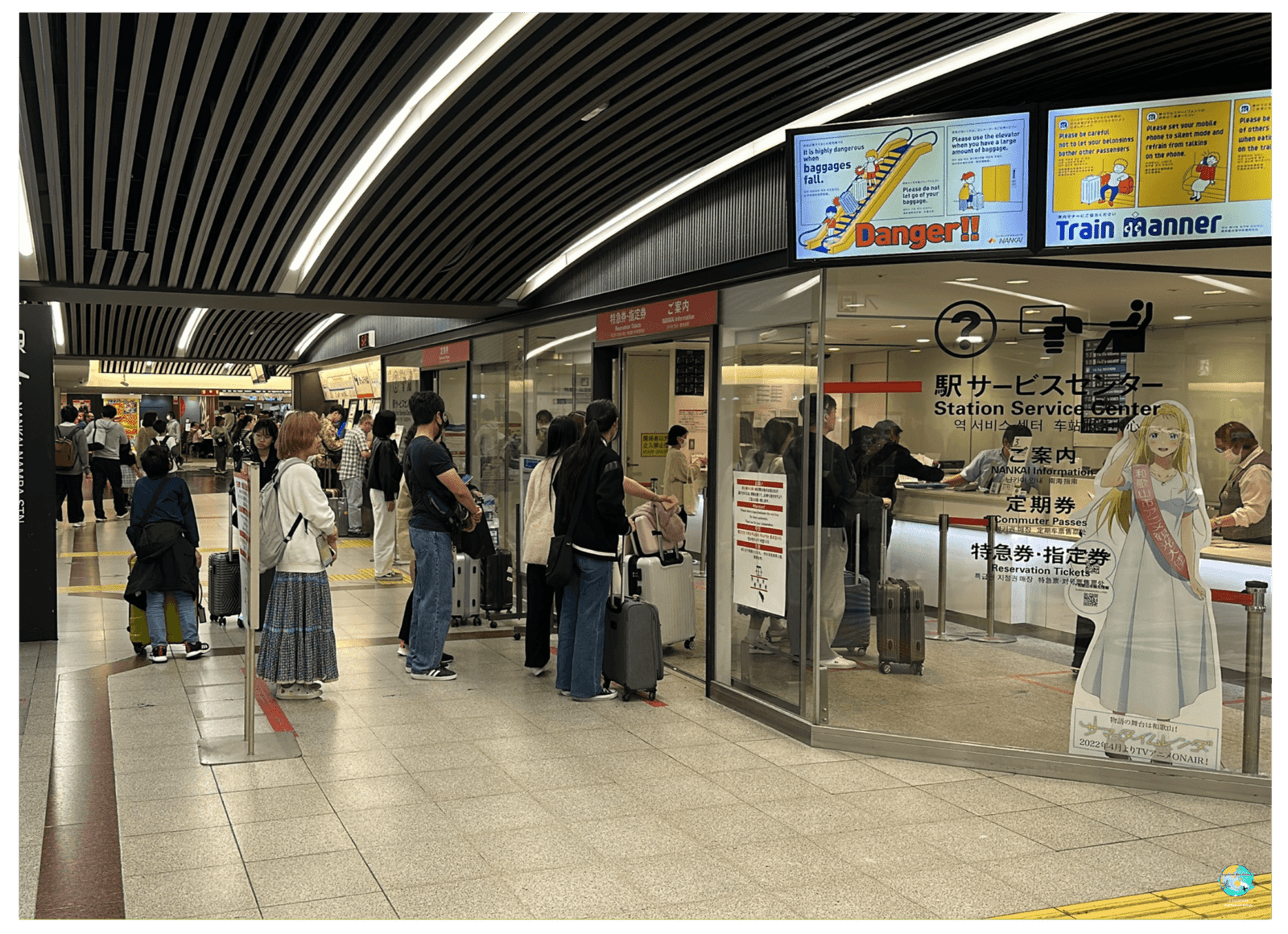
🤔 Is the JR Pass worth buying?
We already know everything about him Japan Rail Pass But let's get to the point, is it worth buying it for my trip? JR Pass It is an option very profitable and comfortable, perfect for exploring Japan without complications. However, since the price increase at the end of 2023, you have to look very carefully to see if it is really worth it to buy it, it all depends on your itinerary and doing the math.
💴 JR Pass Prices
| 🕒 Duration | 🚋 Ordinary Class | 🚄 Green Class (First Class) |
|---|---|---|
| 7 days | ¥50,000 | ¥70,000 |
| 14 days | ¥80,000 | ¥110,000 |
| 21 days | ¥100,000 | ¥140,000 |
📅 Sample Itinerary: 7 days in Japan
🌟 Destinations
- Tokyo → Kyoto (going) 🚅
- Kyoto → Nara (round trip) 🛤️
- Kyoto → Osaka (round trip) 🏙️
- Kyoto → Hiroshima → Miyajima (round trip) 🏯
- Kyoto → Tokyo (return) 🚅
🎟️ Individual ticket prices (Ordinary Class)
| 🛤️ Journey | 💴 Price |
|---|---|
| Tokyo → Kyoto | ¥14,850 |
| Kyoto → Nara (round trip) | ¥1,440 |
| Kyoto → Osaka (round trip) | ¥1,200 |
| Kyoto → Hiroshima → Miyajima | ¥11,440 |
| Kyoto → Tokyo | ¥14,850 |
| 💰 Estimated total | ¥43,780 |
✅ Conclusion
JR Pass Price (7 days): ¥50,000
Single ticket price: ¥43,780
💵 Difference: ¥6,220
Well, as you can see, on this specific itinerary it wouldn't be worth it for us to buy the JR Pass.
So, on the itineraries that are not worth buying the ticket, Japan Rail PassWhat options do we have? Well, one option is to buy the individual tickets, either at the ticket offices of the main stations or at the machines. The second option, if your itinerary can accommodate it, is to buy regional passes, These already Regional passes are a great option for those planning to explore specific areas of Japan. These tickets allow unlimited travel within a certain region, which can be very cost-effective and convenient.
- Hokkaido Rail Pass: Ideal for those who want to discover the northernmost island in the country, which includes destinations such as Sapporo and Hakodate.
- JR West Pass: Perfect for exploring regions like Kansai, including cities like Osaka, Kyoto and Hiroshima.
- JR East Pass: Focusing on the eastern region of Japan, covering places such as Tokyo and Nagano National Park.
It is an option that I have used on several occasions and that is well priced, and they do not send it to you by regular mail, but when you purchase it they send it to your email, and with This email there in Japan they give you your physical pass.
In large cities like Tokyo and Osaka, transit passes are an excellent alternative to the JR Pass. These cards allow the use of multiple forms of transportation within the city, including trains, subways, and buses, making urban mobility easier.
The Tokyo Metro offers a variety of transportation cards that allow unlimited use of the system, making them very convenient for those planning to explore the city. In this post we explain how transportation works in Tokyo..
- Suica and Pasmo: Rechargeable cards that can be used on most transportation systems in Tokyo and other cities.
- Tokyo Subway Ticket: Allows unlimited travel on the Tokyo subway for specific periods.
Additional discounts
From October 2023, coinciding with the rise in their prices, the JR Pass holders can enjoy Discounts at various tourist sites, which adds considerable value to the investment in the pass. These discounts vary, but generally provide a significant reduction in the price of entry, allowing travelers to save up to 20% or more on select attractions.

Shinkansen Baggage Transport Regulations
The issue of luggage is something to keep in mind when traveling on the bullet train or shinkansen, since if they are cabin suitcases or backpacks that fit in the overhead compartment there is no problem, but if you carry a large suitcase, which is usually the case when traveling to Japan... the story is very different.
Suitcases with dimensions between 161 cm and 250 cmIt is mandatory to reserve a specific seat with additional space for this type of luggage on the lines Tokaido, Sanyo and Kyushu Shinkansen. Reservation is free for card holders. Japan Rail Pass. When you book your ticket, with your JR Pass you must indicate that you will be carrying large luggage so that you are assigned a suitable seat, which is usually the one at the back. end of the car and they have a huge space in the back where you can leave your suitcase. If you do not make the mandatory reservation for oversized baggage, you may face an additional charge of 1,000 yen per bag and the possibility that there may not be space available for your luggage.
Conclusions
My conclusion is that the JR Pass It can be an incredibly useful and cost-effective tool for exploring Japan, especially if you have an itinerary that includes several long bullet train rides. Although prices have gone up considerably, it is still a practical and convenient option if you plan to tour the country intensively. The difference is that Before, you bought it as soon as your itinerary included a couple of train trips. Well, the price was already amortized, but now before buying it, You should evaluate your route and calculate the ticket costs to make sure it is worth it for you. 🚄🇯🇵










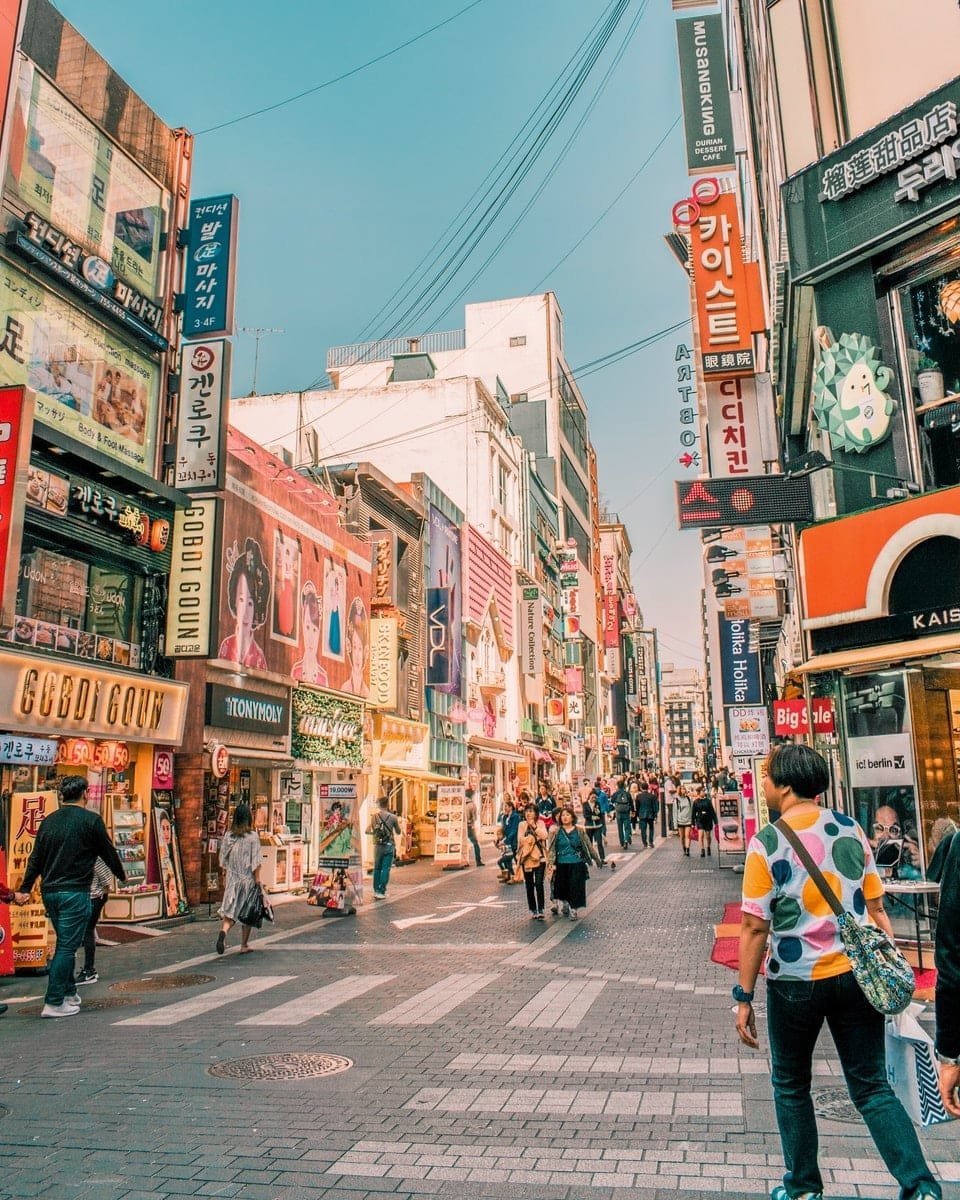
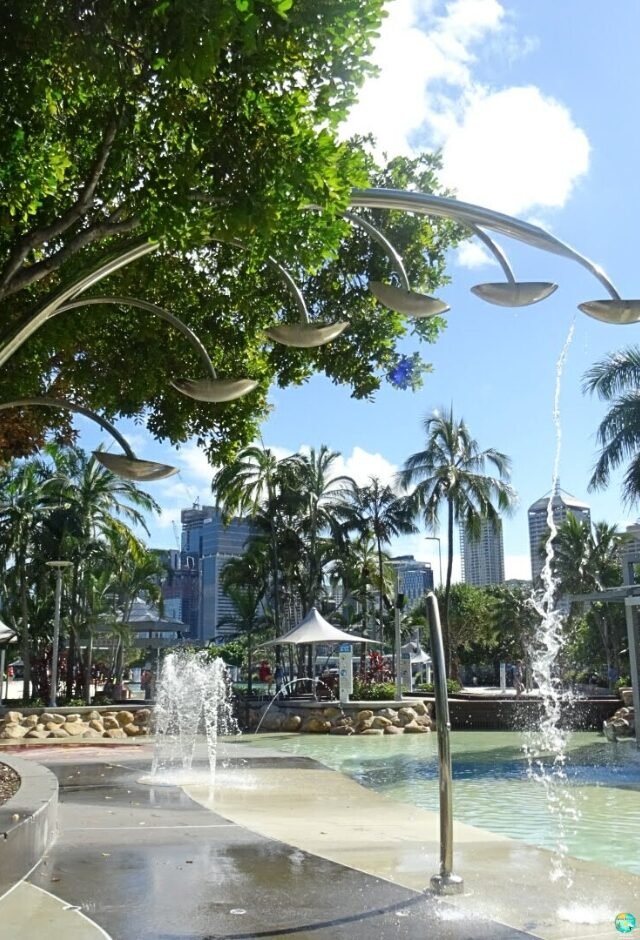

















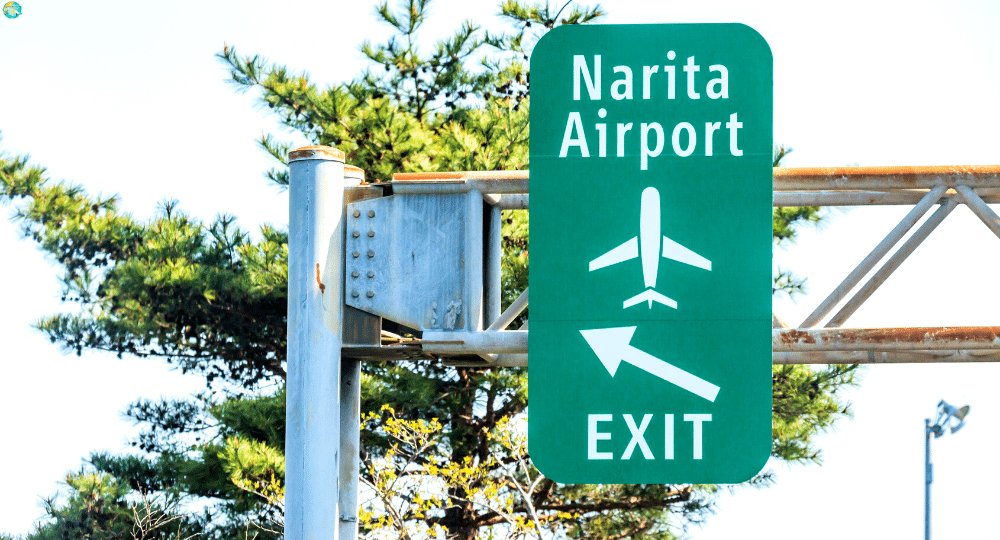








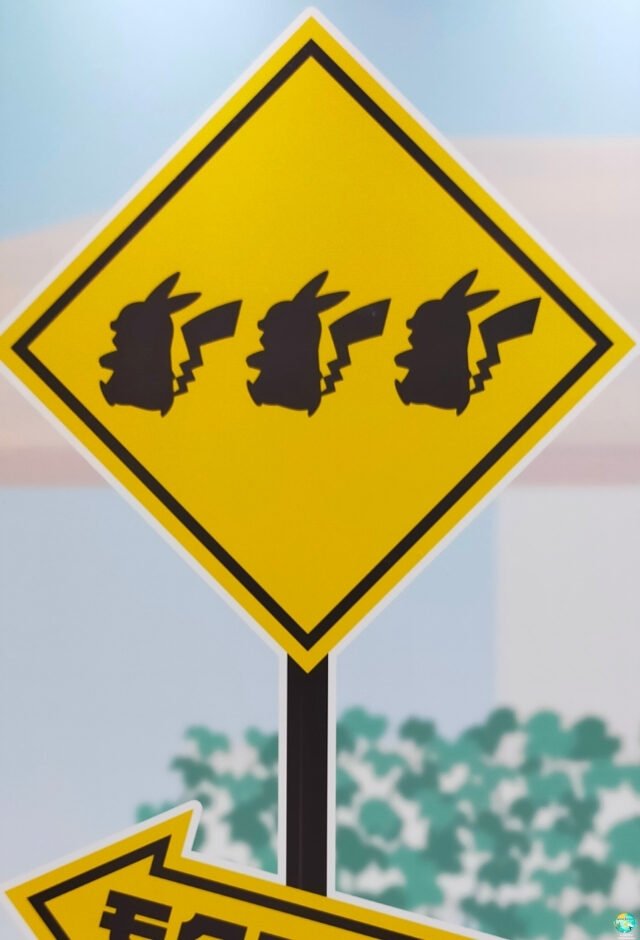




























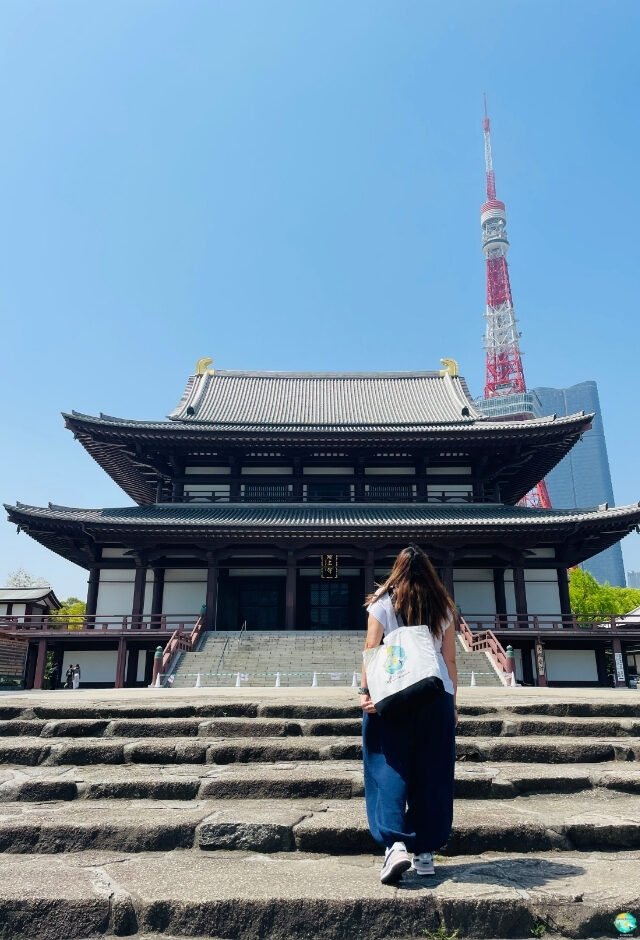



![Blog List Image ✈️ CÓMO ORGANIZAR UN VIAJE A NUEVA ZELANDA [ACTUALIZADO 2025]](https://experienceyourdream.com.au/wp-content/uploads/2025/06/Blog-List-Image-✈️-COMO-ORGANIZAR-UN-VIAJE-A-NUEVA-ZELANDA-ACTUALIZADO-2025.jpg)


















